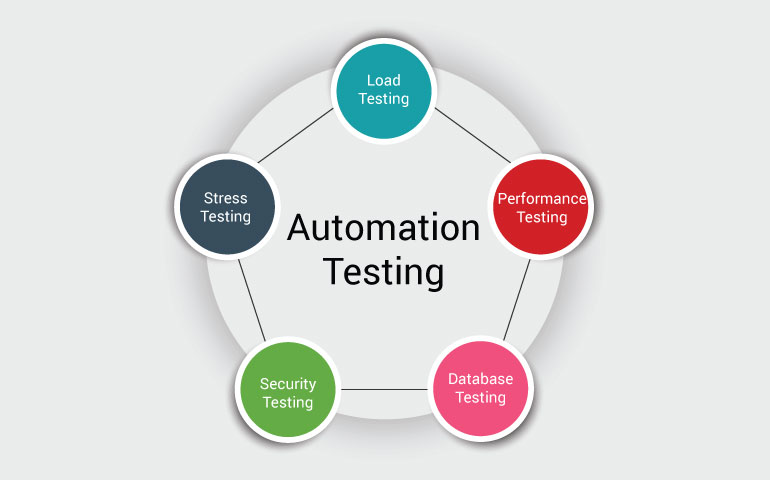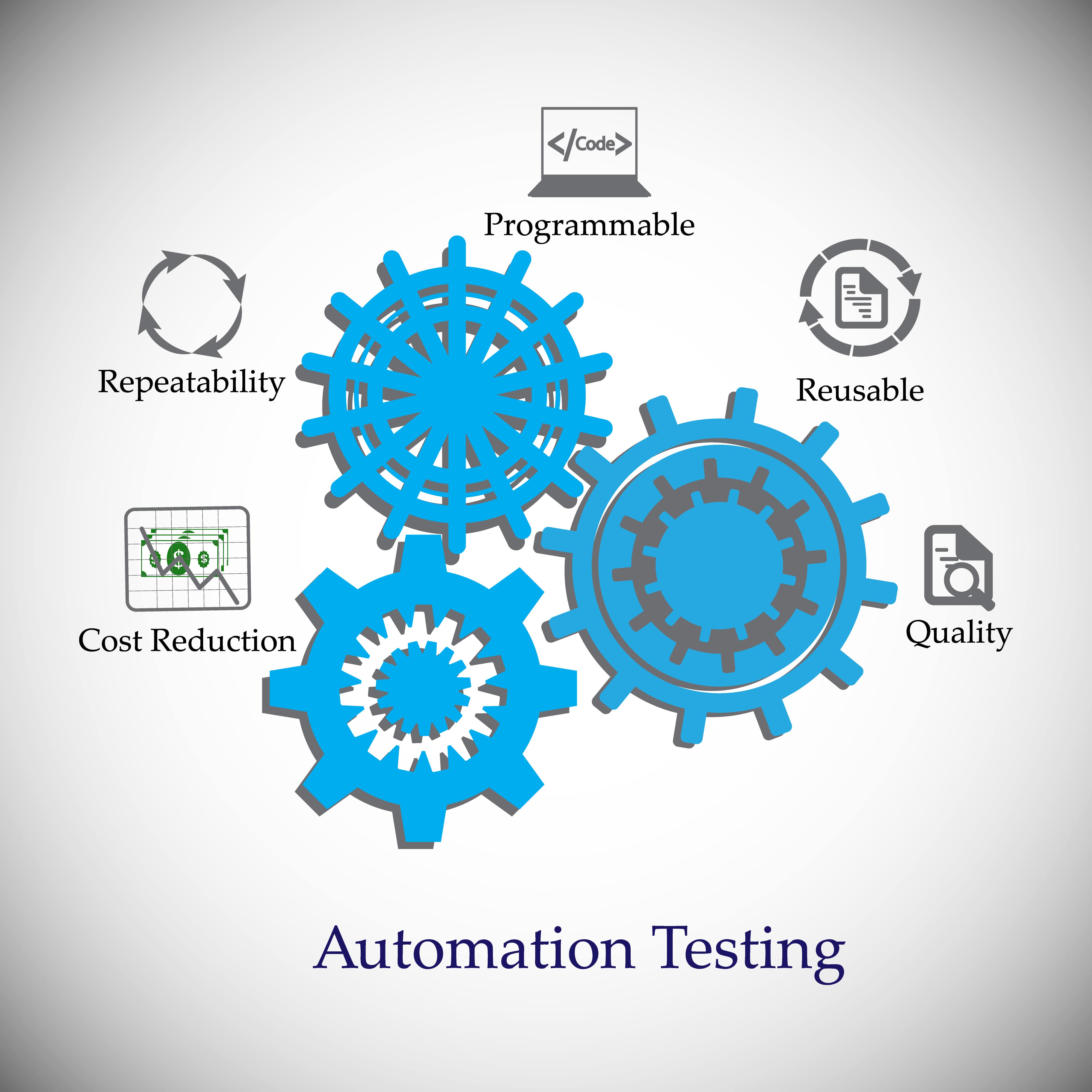Automation Testing: Trick Tips to Improve Advancement Lifecycles
Automation Testing: Trick Tips to Improve Advancement Lifecycles
Blog Article
Ensuring Success in Automation Evaluating: Secret Metrics, Challenges, and Solutions Every QA Group Ought To Know
In the world of software top quality guarantee, the landscape of automation testing is ever-evolving, demanding a careful technique to ensure seamless procedures. The journey to understanding automation testing is paved with subtleties that require a keen eye for monitoring, evaluation, and constant improvement. As the market pushes forward, the quest for optimum performance in automation testing continues to be a consistent search, advising QA teams to outfit themselves with the knowledge and methods crucial for triumph.
Value of Key Metrics
Comprehending the value of essential metrics is vital for examining the performance and performance of automation testing processes. Key metrics serve as quantifiable measures that supply important understandings into numerous facets of the testing procedure, such as examination protection, test implementation time, defect density, and test situation performance. By evaluating these metrics, QA groups can determine bottlenecks, ineffectiveness, and areas for enhancement within their automation screening framework.
One important aspect of key metrics is their ability to track progress and keep an eye on the total wellness of the testing process (automation testing). They allow stakeholders to make enlightened choices based on data-driven insights, which can result in more reliable testing techniques and better resource appropriation. Additionally, essential metrics can assist groups set sensible objectives, gauge the success of automation initiatives, and demonstrate the ROI of automation screening initiatives

Usual Difficulties Encountered
Difficulties frequently come across in automation testing processes can dramatically influence the general effectiveness and effectiveness of QA groups. Among the significant obstacles is the option of the right test instances for automation. Not all examination situations are suitable for automation, and picking the incorrect ones can result in lost time and sources. In addition, keeping examination scripts can be a complicated job, specifically as the application goes through constant changes. Examination manuscript maintenance calls for constant updates and alterations to guarantee they mirror the present performance properly. One more common challenge is the preliminary financial investment needed for establishing up automation frameworks and devices. This can be an obstacle for some companies, specifically smaller ones with minimal budget plans. Automation screening may not cover all facets of testing, such as usability and customer experience screening, which still need manual treatment. Getting over these obstacles calls for correct preparation, strategic examination instance selection, durable maintenance processes, adequate resources, and a clear understanding of the constraints of automation screening.
Effective Solutions for Difficulties
To address the challenges run into in automation testing, implementing reliable options is essential for enhancing the performance and productivity of QA groups. One vital service is to invest in robust training programs for QA groups to ensure they have the needed abilities to successfully make use of automation tools. Training can bridge expertise gaps, boost understanding of automation structures, and boost scripting capabilities, inevitably resulting in much more effective examination development and implementation.
Another essential option is to develop clear communication networks within the QA group and site here with other stakeholders, such as designers and project managers. Reliable interaction helps in straightening assumptions, sharing progress updates, and without delay dealing with concerns or obstacles that might arise during the automation testing process.

Monitoring and Analysis Methods
Implementing efficient surveillance and analysis methods is essential for making certain the success and efficiency of automation screening processes. Additionally, examining examination outcomes and metrics gives important understandings right into the high quality of the software application being checked and the performance of the screening approach.
One trick technique in tracking and evaluation is making use of dashboards that consolidate pertinent metrics and KPIs in an aesthetically easily accessible layout. These dashboards use an extensive introduction of examination execution condition, examination coverage, flaw patterns, and various other essential details. Routinely reviewing and assessing these control panels can help QA groups make notified decisions, prioritize jobs, and enhance testing initiatives.
In addition, executing automated alerts and alerts based on predefined limits can boost aggressive surveillance and timely intervention. By establishing alerts for performance inconsistencies or test failures, teams can attend to concerns immediately and prevent them from intensifying. On the whole, tracking and analysis techniques play an important role in ensuring the efficiency and success of automation testing initiatives.
Continual Improvement Methods
Enhancing the efficacy of automation testing processes necessitates the constant refinement of techniques and techniques. Constant enhancement approaches are pivotal for QA teams to adapt to progressing technologies and provide high-quality software. One key technique to improving automation testing procedures is to conduct normal testimonials and retrospectives. By assessing past click testing cycles, teams can identify bottlenecks, inadequacies, and areas for enhancement. Implementing comments loopholes and integrating lessons discovered right into future testing structures can generate significant improvements in time.

Verdict
To conclude, it is crucial for QA groups to recognize the crucial metrics, challenges, and options in automation testing to ensure success. By meticulously checking and assessing information, implementing reliable solutions to usual challenges, and continually boosting strategies, QA groups can optimize their testing procedures and supply high-grade software products. Following these methods will ultimately result in extra reliable and efficient automation testing techniques.
By examining these metrics, QA teams can determine traffic jams, inefficiencies, and locations for enhancement within their automation screening structure.
Additionally, essential metrics can aid teams established practical objectives, measure the success of automation campaigns, and their explanation show the ROI of automation testing initiatives.
Difficulties generally run into in automation testing processes can dramatically influence the total performance and performance of QA groups. Automation testing may not cover all elements of screening, such as functionality and user experience testing, which still call for hands-on intervention.In conclusion, it is crucial for QA groups to comprehend the vital metrics, obstacles, and services in automation screening to ensure success.
Report this page